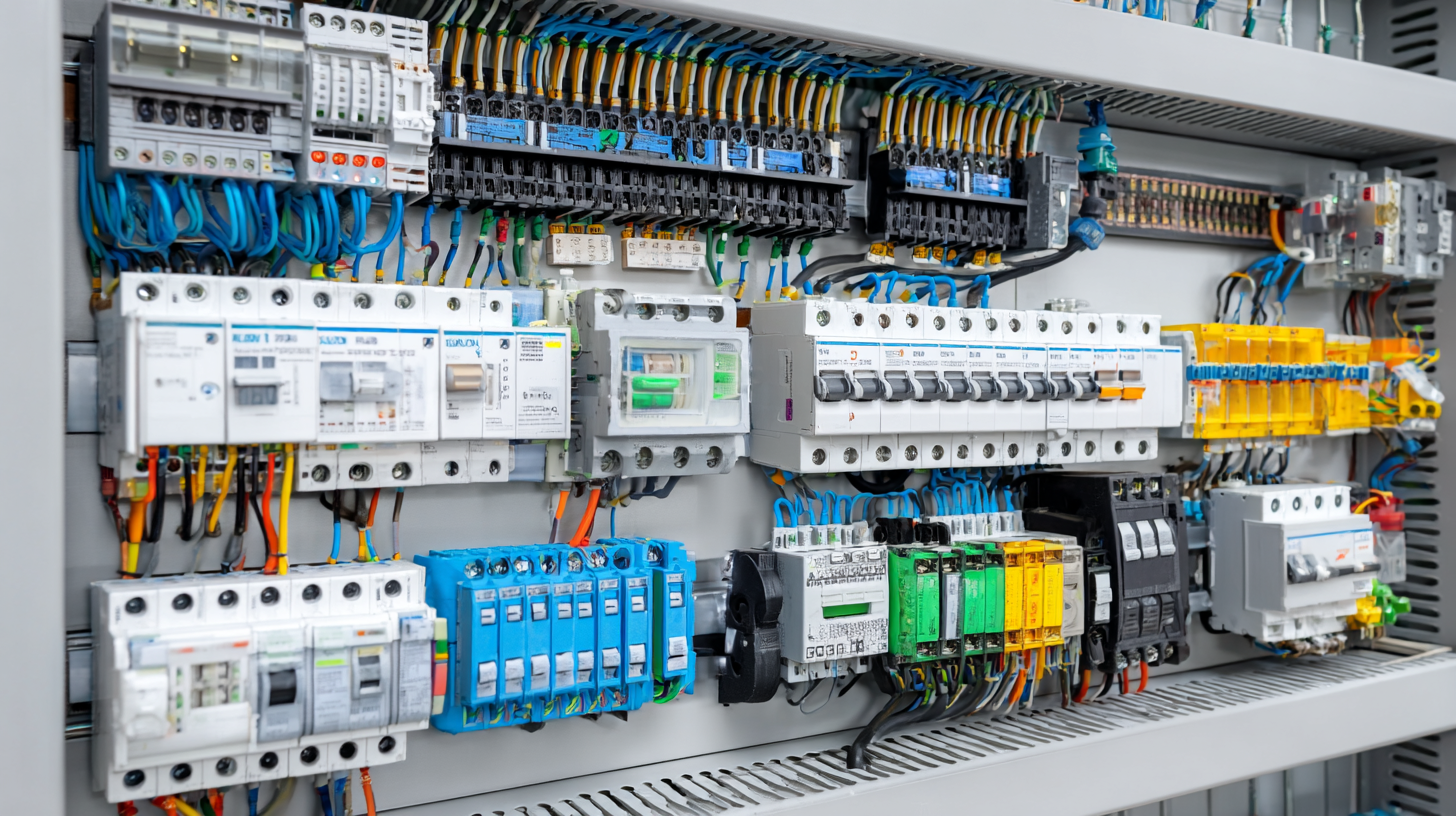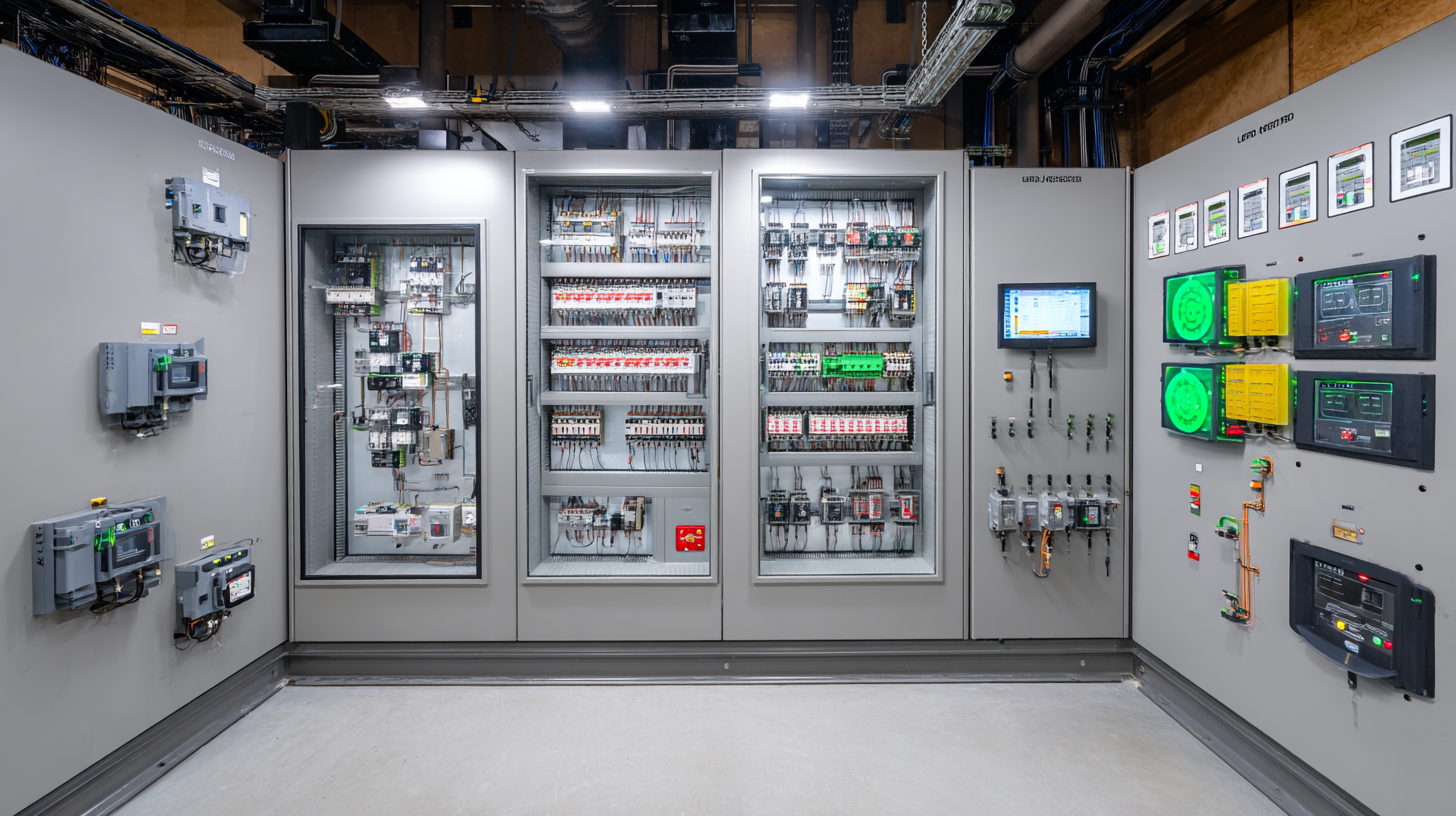In today's rapidly evolving technological landscape, understanding modern electrical systems and services has become crucial for both safety and efficiency. As industry expert Dr. Emily Warner, a leading consultant in sustainable electrical engineering, aptly noted, "The integration of innovative technologies and sustainable methods in electrical systems paves the way for a safer and more efficient future." This insight emphasizes the critical role that well-designed electrical systems and services play in our daily lives, impacting everything from energy consumption to the reliability of our infrastructure.

As we delve into the intricacies of electrical systems and services, it is vital to explore the latest advancements and best practices designed to enhance operational efficiency while ensuring safety standards. With increasing demands for energy efficiency, the industry is witnessing rapid changes that necessitate a comprehensive understanding of both new technologies and regulatory compliance. This guide aims to provide valuable tips and insights that not only highlight the importance of effectively managing electrical systems but also empower individuals and businesses to adopt strategies that promote safety and efficiency in their operations.
Modern electrical systems play a crucial role in enhancing both efficiency and safety across various industries. Key components of these systems include advanced electrical switches, which are integral to managing electricity distribution. The global electrical switch market is projected to reach $5.3957 billion by 2025, with a steady growth forecast indicating it will climb to $5.39357 billion by 2033. This growth is attributed to the increasing demand for innovative electrical solutions that cater to the complexities of modern electrical systems.

Another essential component in the landscape of modern electrical infrastructure is the Manufacturing Execution System (MES). As industries seek to optimize operations, the MES market is expected to expand significantly, reaching approximately $16.11 billion by 2032. North America is anticipated to hold a dominant position in this market, driven by the ongoing advancements in manufacturing technology and the need for increased operational efficiency. The integration of smart technologies, such as intelligent power distribution modules, further underlines the emphasis on safety and reliability within modern electrical systems, making them indispensable in both automotive and industrial applications.
The push for enhanced energy efficiency in modern electrical systems has never been more crucial, especially as global energy demands continue to rise. According to the International Energy Agency (IEA), implementing innovative technologies in electrical infrastructures could lead to a potential reduction of up to 30% in energy consumption by 2030. This shift towards smarter systems not only helps in conserving resources but also significantly lowers operational costs for businesses and consumers alike.
Emerging technologies such as advanced metering infrastructure (AMI), smart grids, and efficient energy storage systems are integral to this transition. A report by McKinsey highlights that the adoption of smart grid technologies alone could save approximately $1 trillion globally in energy expenses over the next ten years. These innovative solutions enable real-time monitoring and management of energy use, allowing for optimized consumption patterns and increased usage of renewable energy sources. As industries adapt to these systems, they are not only contributing to sustainability efforts but also enhancing the safety and reliability of electrical networks, paving the way for a more energy-efficient future.
Electrical safety standards and practices are paramount in today's rapidly evolving electrical service industry. Organizations are increasingly prioritizing reliable solutions while adhering to established safety guidelines. For example, the NFPA and OSHA provide frameworks for maintaining and managing electrical systems in workplaces, but the application of these standards must be comprehensive to address varied workplace environments effectively. Professionals in the field emphasize the importance of maintaining equipment according to the NFPA 70B standard, which outlines best practices for electrical equipment maintenance, ensuring safety and operational efficiency.
Moreover, as homeowners and businesses prepare their electrical systems for winter, experts are offering essential tips for enhancing safety and energy efficiency. This includes circuit breaker modernization—a crucial upgrade to improve system reliability and compliance with current safety standards. As an essential part of electrical service, these practices not only protect lives but also foster energy conservation, contributing to a safer and more efficient electrical infrastructure. By reinforcing safety standards and proactive maintenance, the electrical industry can better serve communities while ensuring compliance and peace of mind for consumers.
| Safety Standard | Description | Application | Compliance Body |
|---|---|---|---|
| NFPA 70E | Standard for Electrical Safety in the Workplace | Arc flash safety and work procedures | National Fire Protection Association (NFPA) |
| IEC 60364 | Low Voltage Electrical Installations | Design and installation of electrical systems | International Electrotechnical Commission (IEC) |
| OSHA Regulations | Occupational Safety and Health Administration Standards | General safety practices and hazard communication | Occupational Safety and Health Administration (OSHA) |
| NEC | National Electrical Code | Standards for electrical wiring and installation | National Fire Protection Association (NFPA) |
| ANSI/IEEE C2 | National Electrical Safety Code | Safety requirements for overhead and underground electric supply and communications lines | American National Standards Institute (ANSI) |
The global renewable energy market is projected to reach an impressive $1,020.94 billion in 2024, with expectations to grow from $1,078.7 billion in 2025 to $1,574.18 billion by 2032. This rapid expansion highlights the increasing importance and adoption of renewable energy sources, especially solar power, which achieved record growth in recent years. By 2024, low-carbon electricity is anticipated to constitute over 40% of the global power mix, indicating a significant shift towards sustainable energy. However, the rising electricity demand—exacerbated by extreme weather conditions—has led to a slight uptick in fossil fuel-generated electricity.

Reports from international organizations like the International Energy Agency (IEA) underscore the vital role of renewables and nuclear energy in mitigating climate change. The potential of renewable energy to offset a substantial part of the two-year increase in CO2 emissions reflects its crucial function in global energy transitions. Nonetheless, challenges remain, such as the need for improved supply chain transparency and credible accounting for renewable energy sources in global trade, emphasizing the ongoing evolution within the renewable energy landscape.
Maintenance is crucial for ensuring the longevity and reliability of modern electrical systems. Regular inspections and timely servicing not only help identify potential issues before they escalate but also optimize performance. For instance, checking for loose connections and signs of wear can prevent minor problems from leading to significant failures. Keeping the electrical panels clean and free from dust can also improve efficiency and reduce the risk of overheating, which is essential for safe operation.
Implementing a maintenance schedule tailored to the specific needs of the electrical system greatly enhances its lifespan. This includes not only routine checks but also adhering to manufacturer recommendations for component replacements and upgrades. Utilizing advanced monitoring technologies provides real-time insights into system health, allowing for proactive maintenance. Such practices not only ensure safety by minimizing risks like electrical fires or outages but also contribute to energy efficiency, leading to reduced operational costs over time.





